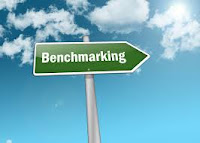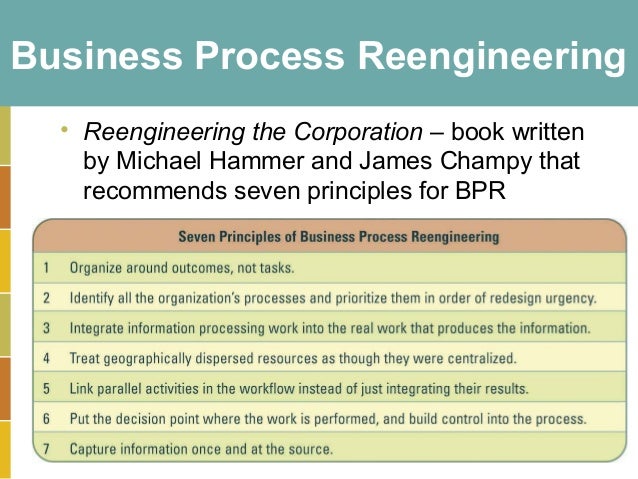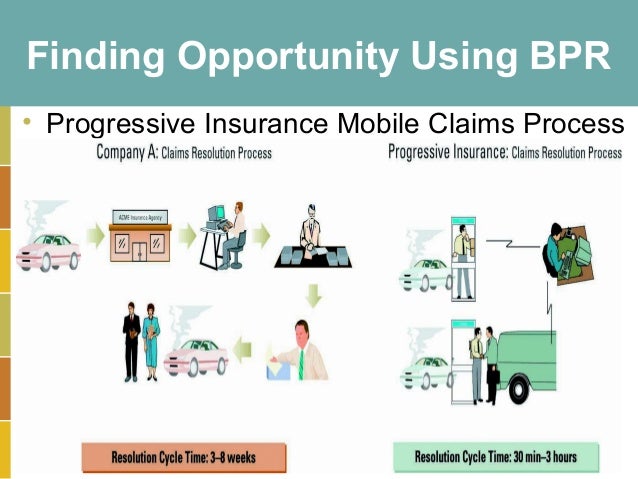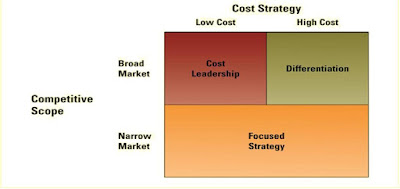Organizational Structure
- Organizational employees must work closely together to develop strategic initiative that create competitive advantages.
- Ethics and security are two fundamentals building blocks that organizations must base their business upon.
IT Role and Resposibilities
- Information technology is a relatively new functional area, having only been around formally for around 40 years.
- Recent IT related strategic positions :
* Chief Information Officer (CIO)
- Overseas all uses of IT and ensures the strategic alignment of IT with business goals
and objectives.
* Broad CIO functions include :
- Manager - ensuring the delivery of all IT projects on time and within budget
- Leader - ensuring the strategic vision of IT is in linewith the strategic vision of the
organization.
- Communicator - building and maintaining strong executive relationship.
* Chief Technology Officer (CTO)
- Responsible for ensuring the throughput, speed, accuracy, availability, and reliability
of IT.
* Chief Security Officer (CSO)
- Responsible for ensuring the security of IT systems.
* Chief Privacy Officer (CPO)
- Responsible for ensuring the ethical and legal use of information.
* Chief Knowledge Officer (CKO)
- Responsible for collecting, maintaining, and distributing the organization's knowledge.
The Gap Between Business Personnel and IT Personnel
- Business personnel possess expertise in functional areas such as marketing, accounting and sales.
- IT personnel have the technological expertise.
- This typically causes a communications gap between the business personnel an IT personnel
Improving Communications
- Business personnel must seek to increase their understanding of IT.
- IT personnel must seek to increase their understanding of the business.
- It is the responsibility of the CIO to ensure effective communication between business personnel and IT personnel.
Organizational Fundamentals-Ethics and Security
- Ethics and security are two fundamental building blocks that organizations must base theit business on to be sucessful.
- In recent years, such events as the Enron and Martha Stewart, along with 9/11 have shed new light on the meaning of ethics and security.
- Ethics - the principles and standards thaht guide our behaviour toward other people.
- Privacy is a major ethical issues
*Privacy - the right to be left alone when you want to be, to have control over your own
personel possessions, and not to be observedd without your consent.
- Intangible creative work that is embodied in
physical form.
* Copyright
- The legal protection afforded an expression
of an idea, such as song, video game, and
some types of proprietary documents.
*Fair use doctrine
- In certain situations, it is legal to
use copyrighted materials.
- The unauthorized use, duplication,
distribution, or sale of copyrighted
software.
* Counterfeit software
- Software that is manufactured to
look like the real thing and sold
such.
END OF CHAPTER 5 !!
PEACE YO!!















































